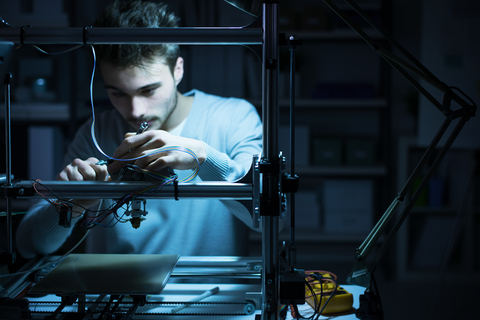Collaboration to develop 3D printed dentures

Renishaw is working with the Cardiff University Dental Hospital (CUDH) to develop 3D printed cobalt chrome removable partial dentures.
Though 3D printed dental and medical implants have been in the news lately, more affordable removable partial dentures, which do not require invasive surgery, have seen consistent year on year growth.
Currently, removable partial dentures are produced in wax or digitally designed and then manually cast. The many variables involved in making detailed dental casts result in a significant number of miscasts. According to a case study by Renishaw, reported in Medical Health News, industry feedback suggests that 14-20% of dental castings require remakes.
CUDH and Renishaw are using 3D printing to make the process of producing removable partial dentures more streamlined and cost effective, reducing waste and enabling easy refinements and iteration.
David Cruickshank, a PhD student in digital denture design, has been working with Renishaw at CUDH as part of his PhD thesis. Also working on 3D printed RPDs with Renishaw at CUDH are Roger Maggs, Senior Chief Dental Laboratory Manager, Liam Addy, Consultant in Restorative Dentistry and Paul Clark, Senior Dental Technologist.
Geomagic is the engineering software brand of 3D Systems, a manufacturer of 3D printers. The team use Geomagic’s Freeform CAD software with a Touch X haptic device, designed to provide CAD users with “more precise positioning input and high-fidelity force-feedback output.”
A Renishaw DS20 optical scanner is used to create initial dental scans, whilst a Renishaw AM250 metal 3D printer fabricates the CoCr RPDs. The case study says “Once the master model [has been] scanned it is imported directly into the Freeform software. From here the operator can start to identify the insertion axis and block out undercuts.”
The time consuming process of using wax to create casts has been entirely replaced by fabrication using the AM250 metal 3D printing systems. Doing away with casting has led to significant efficiency improvements. The study says “The major benefit for CUDH, is that they [can] simply send the STL data to Renishaw for manufacture, and can work on the next job instead of having to work through the highly skilled casting process.”








